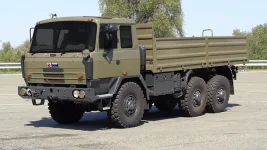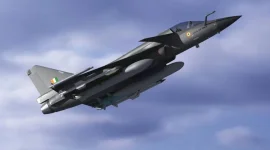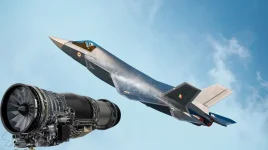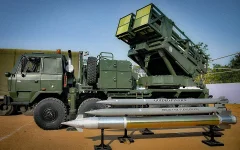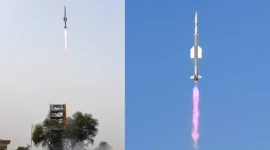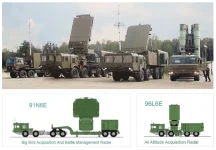- Views: 431
- Replies: 9
In a significant move to strengthen India's indigenous military manufacturing, Solar Defence and Aerospace Limited has joined the competition for a major Ministry of Defence (MoD) contract.
The company, an arm of the industrial explosives giant Solar Industries, is vying to produce 87 Medium Altitude Long Endurance (MALE) drones for the Indian Armed Forces, a project valued at approximately ₹20,000 crore.
This development highlights the growing capabilities of India's private sector in contributing to the nation's defence preparedness under the Atmanirbhar Bharat (self-reliant India) initiative.
The tender, a tri-service procurement led by the Indian Air Force (IAF) under the 'Make in India' framework, is designed to meet the urgent need for persistent surveillance along India's challenging frontiers.
These advanced unmanned aerial vehicles (UAVs) are intended to monitor the extensive land borders with China and Pakistan and enhance maritime security across the vital Indian Ocean Region.
The primary role of these drones will be to conduct intelligence, surveillance, and reconnaissance (ISR) missions, providing real-time information to military commanders.
The technical requirements set by the MoD are demanding, specifying that the drones must have an operational endurance of over 30 hours while flying at altitudes exceeding 35,000 feet.
A crucial condition of the tender is that the platforms must contain over 60% indigenous content, ensuring that manufacturing and technological expertise are developed within the country.
These specifications place the required drones in a high-performance category, comparable to globally recognised systems like the American MQ-9 Reaper and Israel's Heron TP, both known for their long flight times and high-altitude capabilities.
While considered a newer entrant in the aerospace sector, Solar Defence and Aerospace has made notable progress.
The company has secured formal approval from the MoD to locally develop a MALE UAV platform. Although the prototype has not yet been revealed, its design is being engineered to meet the military's operational criteria, with a targeted flight endurance of 28 to 30 hours and a service ceiling of over 30,000 feet, with the capability to be enhanced to the required 35,000 feet.
A critical asset strengthening Solar Defence's bid is its recently established, state-of-the-art UAV testing facility.
This specialised infrastructure is designed to conduct comprehensive trials, including validating aerodynamic performance, integrating various payloads like sensors and cameras, and conducting endurance tests.
The facility will enable the company to rigorously test its drone in conditions simulating the harsh environments where it will be deployed, from the high-altitude Himalayan mountains to the corrosive maritime climate of the Indian Ocean.
The establishment of this testing facility is expected to accelerate the development timeline for Solar Defence, positioning it as a strong contender against other domestic players like the Adani Group.
Furthermore, the company has expressed long-term ambitions to develop even more advanced High Altitude Long Endurance (HALE) drones. Such platforms, capable of flying above 50,000 feet for over 36 hours, would provide India with a strategic ISR capability essential for monitoring distant territories and critical sea lanes.

